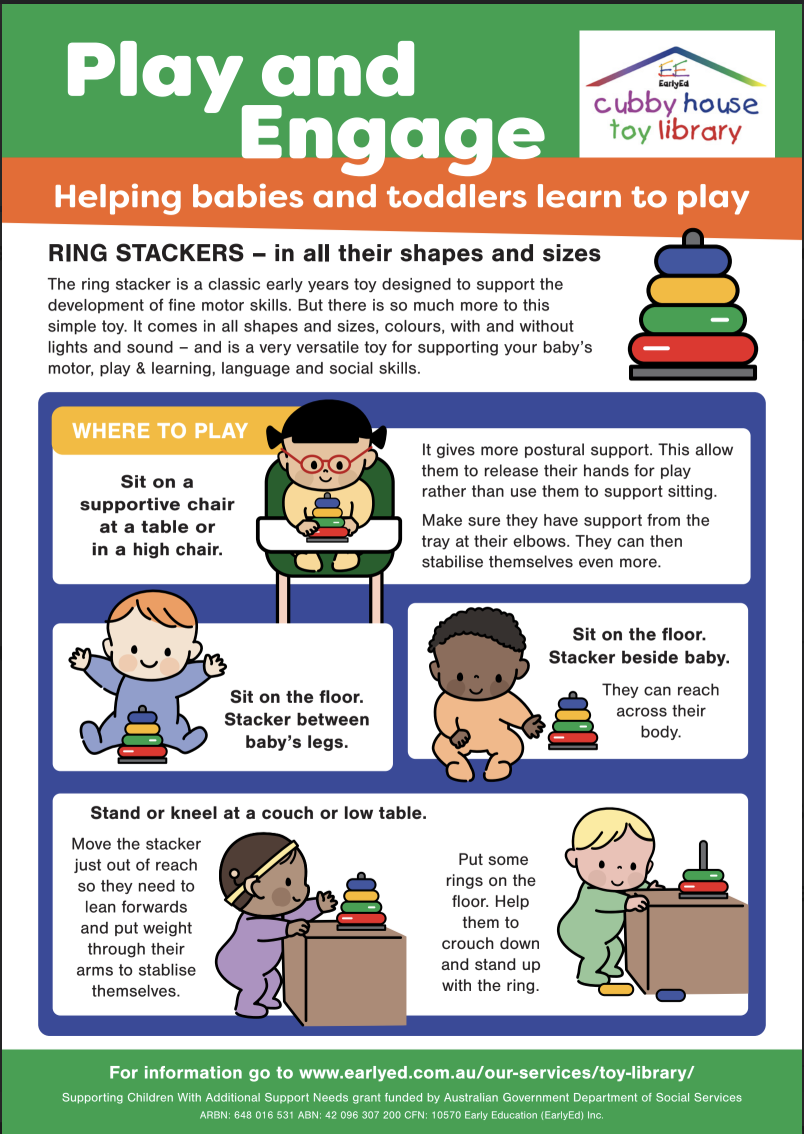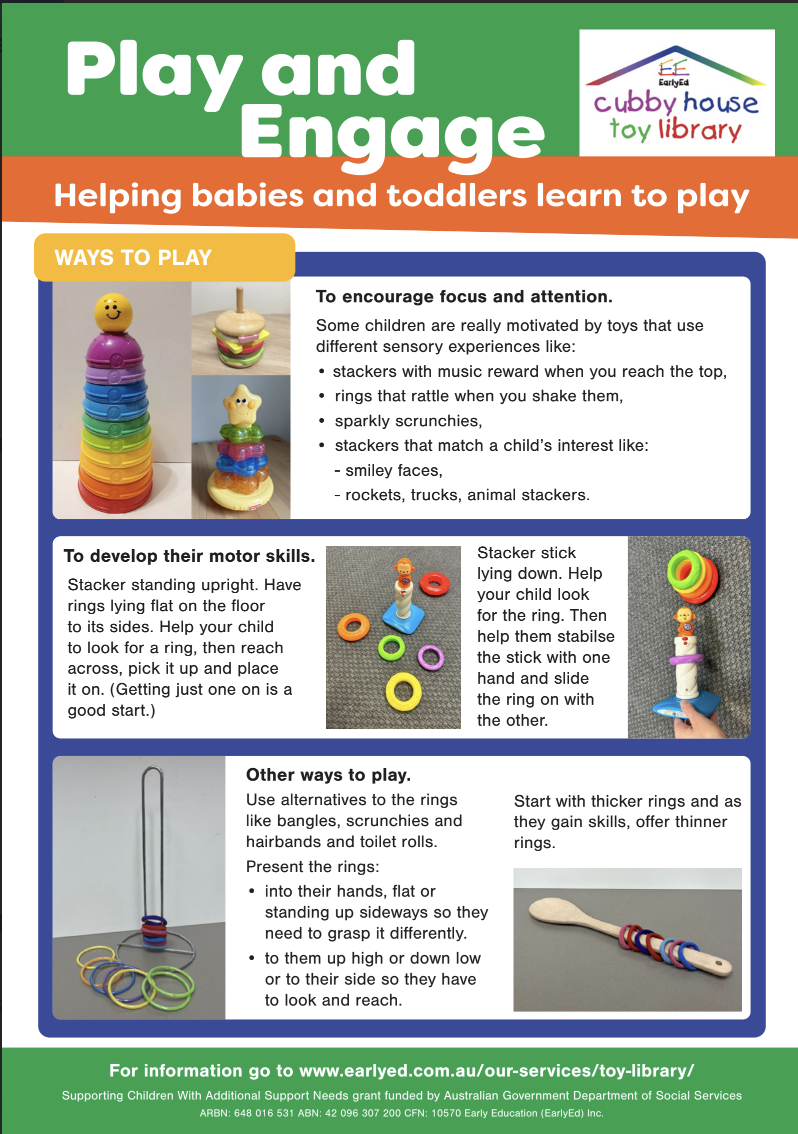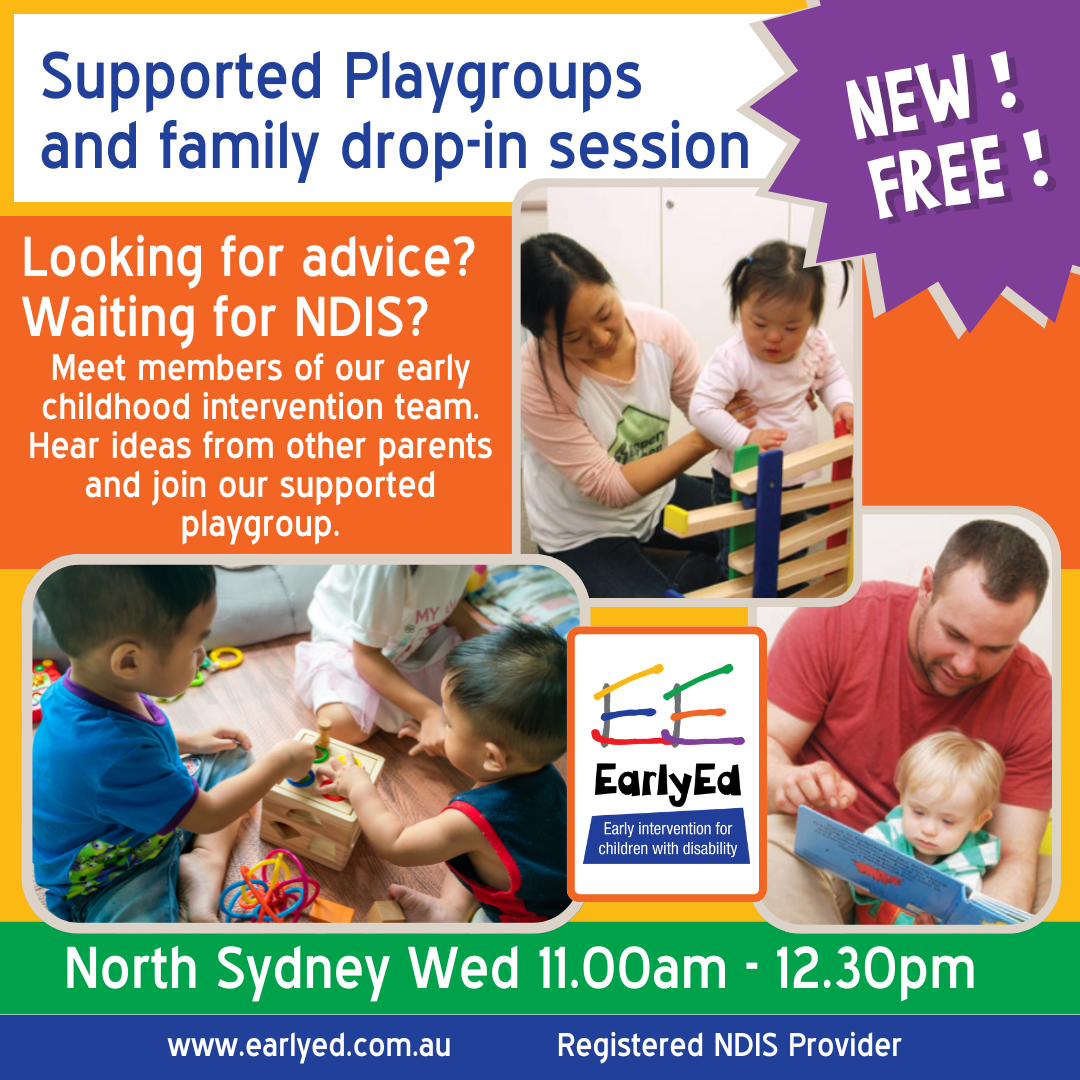Helping Babies and Toddlers Learn To Play
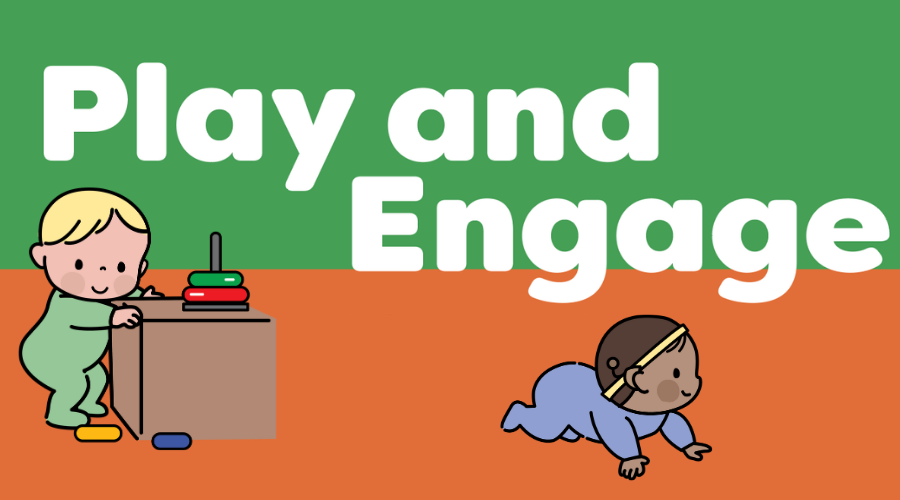
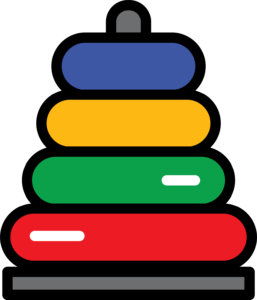
EarlyEd Toy Library is building a collection of resources for all children of all abilities.
The first set is for babies and toddlers. We will be adding to them over the next few months.
We will take a common toy from our library and show families how to play in ways that supports their child’s development. Then we will add similar play ideas with common items that you find around the house.
Every toy can be played with in different ways.
All Babies Learn Differently
Babies learn at different rates. Some babies are hard to get started in play and need motivating and some need help to concentrate.
If you need advice about how to play to support your child to use this toy, ask
– your EarlyEd Toy Library volunteers to get you in touch with members of our early childhood intervention team or ask
– your own team members, your paediatric occupational therapist, speech pathologist and / or physiotherapist.
The Ring Stacker
The ring stacker comes in all sorts of shapes and sizes.
It is a classic early years toy, designed to support the development of fine motor skills. But there is so much more to this simple toy. It comes in all shapes and sizes, colours, with and without lights and sound. It is a very versatile toy for supporting your baby’s motor, play & learning, language and social skills.
You can use this toy in different ways to help baby learn to play. Show your baby / toddler all the different ways to play to encourage them to explore and play differently. Here are ideas on how to adapt your play.
All babies learn differently
Babies learn at different rates. Some babies are hard to get started in play and need motivating and some need help to concentrate.
Some babies need you to play differently
Babies who have had a tough start to life might need you to adapt the way you play with a toy to make it easier and more motivating for them.
Ask for advice from your early intervention team member if you are concerned.
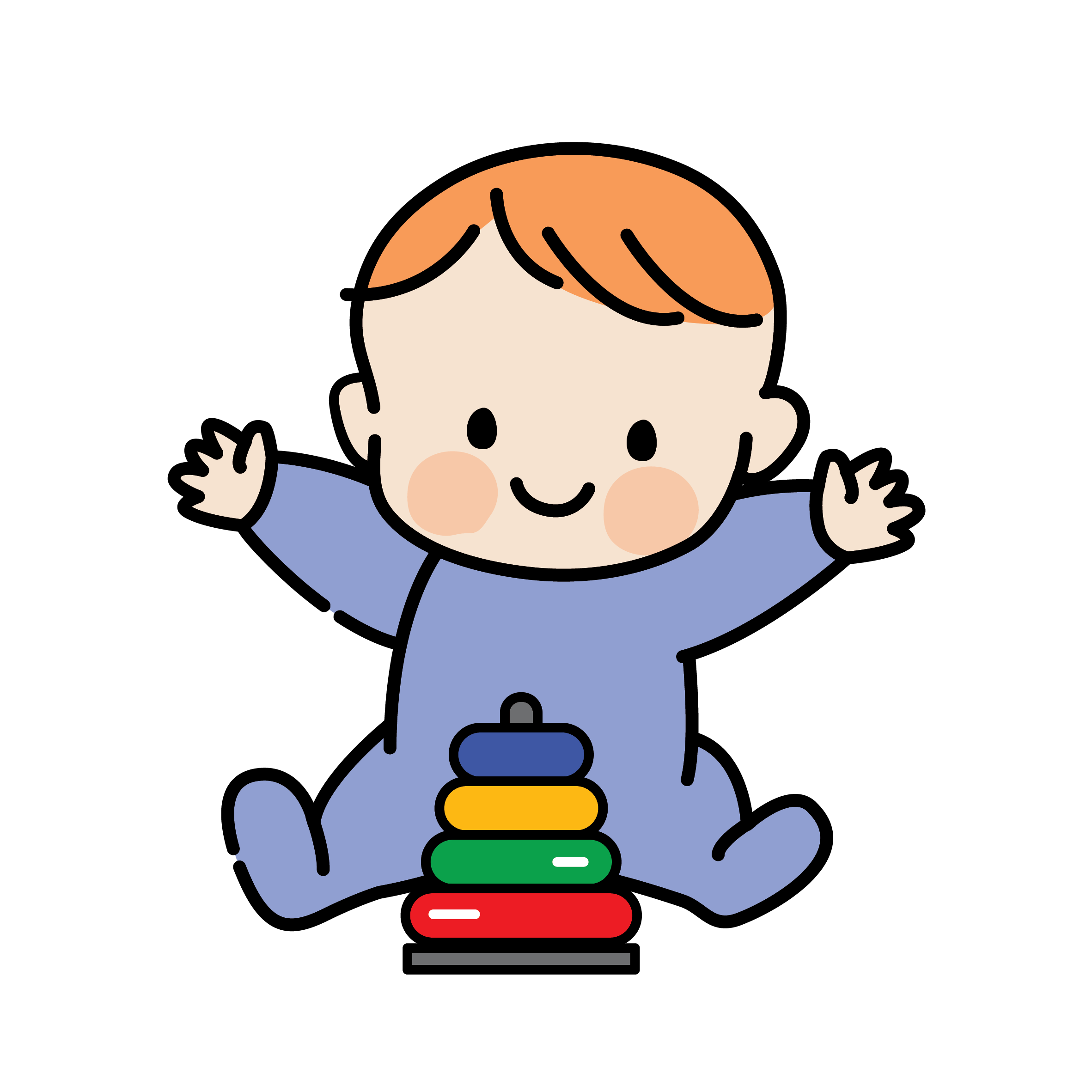
Try these ideas to help your baby learn and play with you
Other Ideas to Think About
To encourage language:
- Use short phrases
- “Ring on.”, “Where’s the ring?”, “More?”, “Hold it!”, “Up, up, up.”, “Let go.”, “Down!” “Ring off.”
- Repeat the phrases
- Wait for a response. It is easy to jump in too quickly.
- Use gesture to attract your child’s attention.
- Use Key Word Sign https://www.earlyed.com.au/our-services/parent-training/key-word-sign/ to support your child’s language development
- Ask them if they want to play again “More?” “Again?”
- Give them an opportunity to try and ask for help by looking at you, gesturing to the toy and looking at you, making a sound or word. Modelling through your words (Help? Need help?) or Key Word Sign.
- Make it social, engaging and fun. Take turns.
Remember:
It’s completely fine for a child to place a ring on and take it straight back off. They are experimenting and gaining control over their movements.
Repetition leads to learning.
Engaging with your baby / toddler
To keep a child engaged and learning the challenge needs to be “Just right”.
The ‘Just right challenge’: Children need to be able to have a challenge to learn but need to feel success. Start with it as easy as they need it and work up.
‘Hand over hand’ support: Put your hand over their hand and guide them. It is the easiest way to support those children who are starting out or learning a new way to play.
Keeping the Play going
Keep the play interesting as they start to master the game.
Make it more interesting and harder by:
- changing the way you give the ring to them (up high, held sideways),
- moving the position of the stacker – close, away, to the side,
- reducing how much you do for them and
- having more pieces to stack.
Areas of Learning when using a ring stacker:
Fine Motor Skill Development:
- Children learn to use different grasps, maintain that grasp, reach and place onto the stacker, developing fine motor control.
- They can use one or both hands, and can reach across their body, supporting bilateral coordination.
Hand-Eye Coordination:
Looking between their hand and the stacker is a great opportunity to practice their hand-eye coordination and judging distance, height and the force they need in relation to the stick and other rings.
Language:
This toy lends itself beautifully to add in language around spatial concepts and early prepositions – on, off, up, down – as well as verbs – put, reach, let go.
Social Play:
- Toys like this are great for sharing and turn taking.
- They develop their ‘joint attention’ between the toy and you. This means they are listening and watching and communicating with you.
- They learn how to complete a task. And then to repeat!
- We don’t just play by exploring. We learn by watching and getting ideas from others. When people do interesting things, children want to watch and copy.
Independent Discovery:
- Children can experiment with different ways of stacking the rings, promoting problem-solving skills and self-directed learning.
- They need time to just look and try in their own time too.
Cognitive Development:
This toy lends itself to further supporting understanding of cognitive based skills such as counting, sorting by size, and understanding spatial relationships. More complex stackers will include colour matching, a graded diameter stick for problem solving size, and matching numbers of holes to sticks.
This is why children might keep playing with a toy. They can see new things to learn by experimenting and exploring.
Don’t forget you can make your own.
- Paper towel roll and scrunchies or hair elastics
- Paper towel roll holder with plastic baby rings or cut up paper towel rolls
- Wooden spoon and scrunchies to take off
Getting help:
If you are concerned about your baby, toddler or child’s development ask your EarlyEd team, early childhood nurse, GP or your therapy team for advice.
EarlyEd is excited to announce the release this first Play and Engage resource.
Sponsored by:
The development of this Ring Stacker resource was made possible through Toy Libraries Australia – Supporting Children With Additional Support Needs small grant funded by Australian Government Department of Social Services 2024.
It has enabled us to start a series of resources for parents / carers of babies and toddlers of all abilities.
